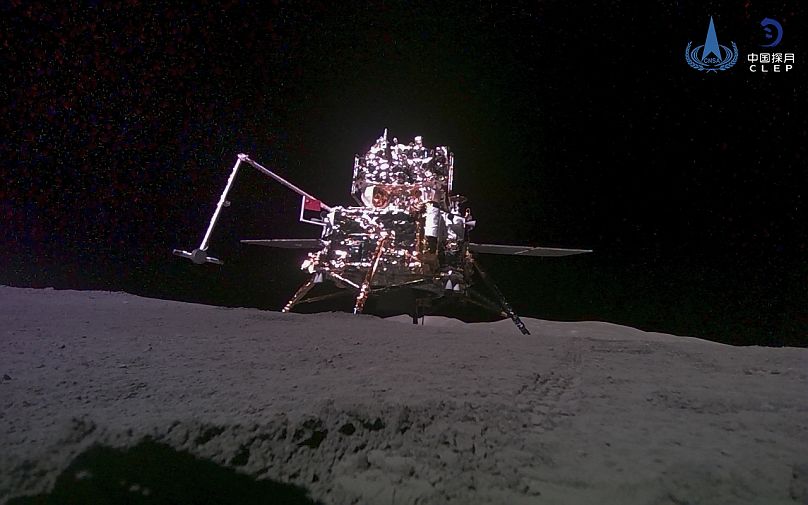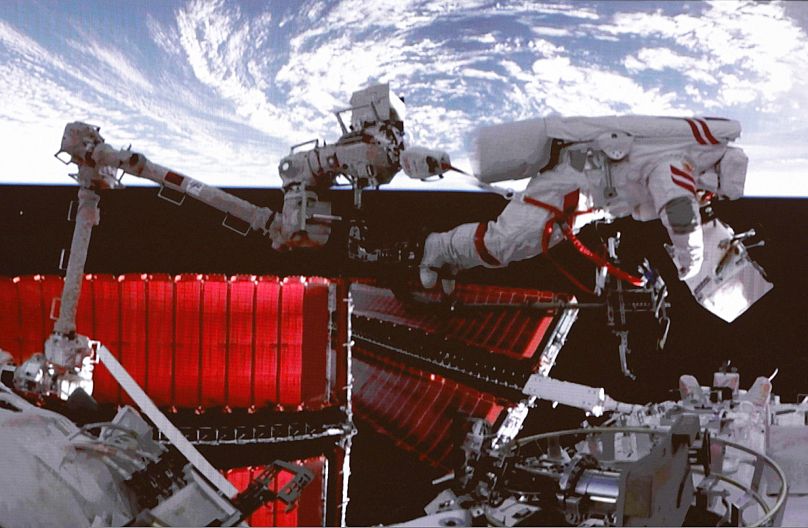China earlier returned rock samples from the moon's far side back to Earth in a historic mission and has welcomed international cooperation.
China has launched a spacecraft that promises to return samples from an asteroid near Mars and yield "groundbreaking discoveries and expand humanity’s knowledge of the cosmos," the country's space agency said.
The Tianwen-2 probe launched early on Thursday from southern China aboard a Long March 3-B rocket.
The probe will collect samples from the asteroid 2016HO3 and explore the main-belt comet 311P, which lies even farther from Earth than Mars, according to the China National Space Administration (CNSA).
Shan Zhongde, head of the CNSA, was quoted as saying the Tianwen-2 mission represents a "significant step in China's new journey of interplanetary exploration" and over its decade-long mission will "yield groundbreaking discoveries and expand humanity's knowledge of the cosmos."
Samples from 2016HO3 are due to be returned in about two years. The asteroids, chosen for their relatively stable orbits, are expected to offer clues into the formation of Earth, such as the origins of water.
China earlier returned rock samples from the moon's far side back to Earth in a historic mission and has welcomed international cooperation.
However, any cooperation with the US hinges on removing an American law banning direct bilateral cooperation with NASA.
The near side of the moon is seen from Earth and the far side faces outer space. The far side also is known to have mountains and impact craters and is much more difficult to reach.
China also operates the three person-crewed Tiangong, or "Heavenly Palace," space station, making the country a major player in a new era of space exploration and the use of permanent stations to conduct experiments in space, especially since the station was entirely Chinese-built after the country was excluded from the International Space Station over US national security concerns.
China's space programme is controlled by the People's Liberation Army, the military branch of the ruling Communist Party.
The country's space program has grown rapidly in the more than 20 years since it first put a man in space, only the third country to do so under its own speed.
The space agency has landed an unmanned explorer on Mars and a rover on the far side of the moon.
It aims to put a person on the moon before 2030.
A future Tianwen-4 Jupiter mission is expected to explore Jupiter, although details haven't been released yet.













